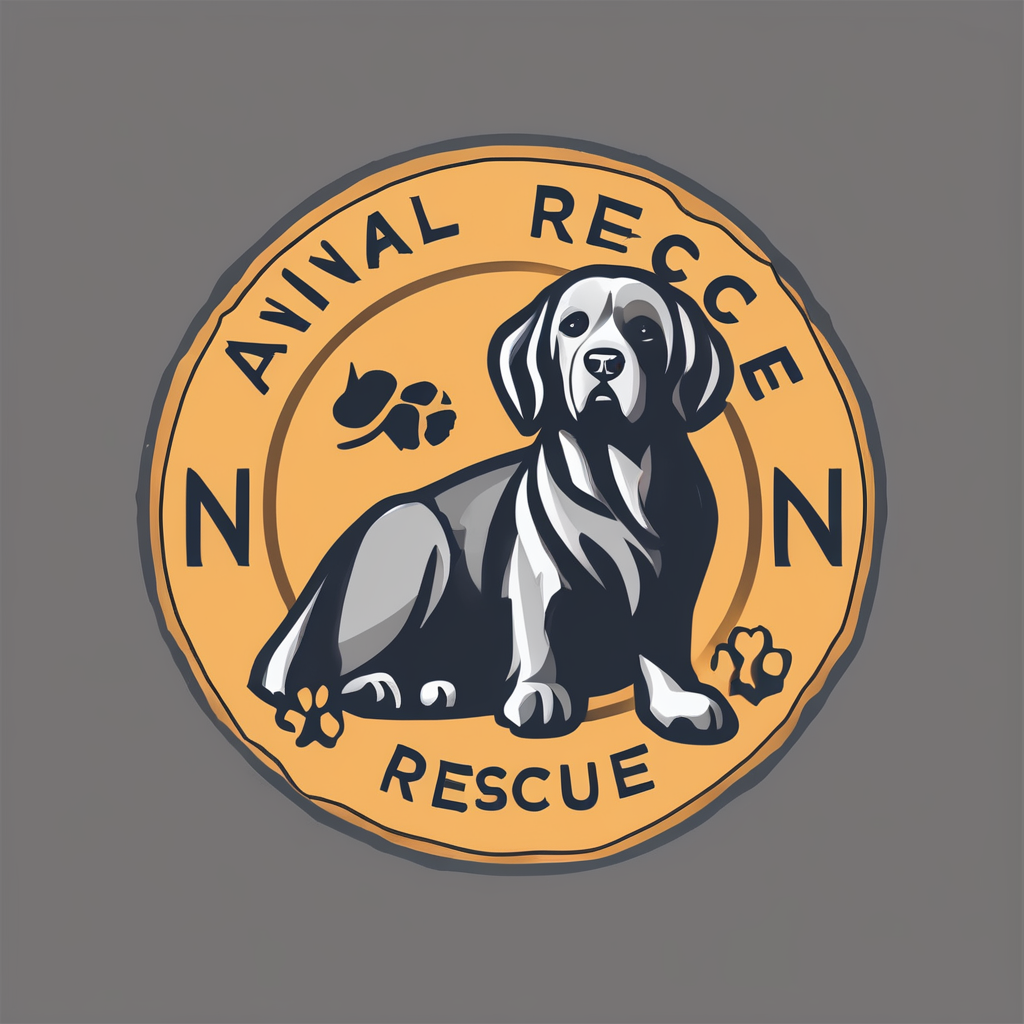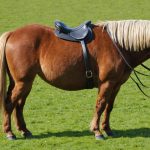In our fast-paced world, striking a balance between work, home, and personal endeavors can be a juggling act. Amidst this dynamic, our pets, especially dogs, often find themselves at the center of our attention. However, this affection can sometimes lead our furry companions into becoming overly dependent, manifesting in behaviors such as separation anxiety or being excessively clingy. As pet owners, it’s essential to encourage independence in dogs, fostering not only their well-being but also ensuring a harmonious coexistence. This article explores effective strategies to promote independence in our canine companions, offering insights into how we, as a community, can shape healthier behavioral patterns in our pets.
Understanding the Roots of Clinginess
Dogs, much like humans, have unique personalities and emotional needs. While their loyalty and affection are heartwarming, an overly attached pet can pose challenges. It’s essential to understand that a dog’s clingy behavior often stems from natural instincts, health issues, or past experiences.
Also read : How can I train my dog to walk politely on a leash without pulling?
Instinctual Behaviors
Historically, dogs are pack animals. In the wild, they operate as a unit, constantly relying on their pack for safety and survival. This ingrained behavior can translate to a domestic setting, where they perceive their human family as their pack.
Health Concerns
Occasionally, clinginess may indicate underlying health problems. Conditions like arthritis, vision impairment, or hearing loss can cause unease, making dogs more dependent on their owners for support. Regular veterinary check-ups are crucial in ensuring your pet’s health is not a cause of their behavior.
Additional reading : Revamping playtime with your lively american staffordshire terrier: essential tips for gentle engagement
Emotional Baggage
Rescue dogs or animals that have experienced trauma might exhibit clinginess as a coping mechanism. They may have faced neglect or abuse, leading them to seek constant reassurance from their new owners. For such pets, understanding their background and providing a safe environment is paramount.
By acknowledging these factors, we equip ourselves with the knowledge needed to address the root causes of dependence, setting the stage for their gradual evolution towards independence.
Strategies to Foster Independence
Helping our dogs become more independent does not mean withholding love or attention. Rather, it’s about establishing boundaries and encouraging self-sufficiency in gentle and loving ways.
Establishing a Routine
A consistent routine can work wonders in nurturing a dog’s confidence and independence. Regular feeding times, predictable walks, and designated play sessions provide structure. This predictability helps dogs understand that their needs will be met, reducing anxiety and fostering independence.
Encouraging Self-Play
Introduce toys that stimulate mental engagement, such as puzzle feeders or treat-dispensing toys. These can keep your dog occupied and engaged, promoting self-reliance. Encouraging such solo play helps them learn they can enjoy activities without constant attention from their human companions.
Positive Reinforcement Training
Training sessions using positive reinforcement methods can build confidence. Teach your dog commands that promote staying calm and relaxed independently, such as “stay,” “wait,” and “go to your place.” Reward them with treats or praises when they successfully complete these tasks, reinforcing their positive behavior.
Gradual Alone Time
Start by leaving your dog alone for short periods, gradually increasing the duration. This helps them understand that being alone is not a negative experience. Always ensure they have a comfortable space with toys and water to keep them occupied. Over time, this approach can ease separation anxiety.
The Role of Other Pets
While dogs are often seen as the singular focus of a household, introducing other pets can play a pivotal role in fostering a dog’s independence. The dynamics between dogs and other animals, such as cats, can be influential in shaping behavior.
Socialization Benefits
Dogs that have positive interactions with other pets tend to be more balanced. A well-socialized dog is less likely to be overly reliant on their human counterparts, as they develop alternative companionships. Introducing dogs to other pets in controlled environments can help mitigate separation anxiety, as they find solace in the presence of fellow animals.
Developing New Behaviors
Cats, with their more independent nature, can be excellent role models for dogs. Observing a cat’s behavior might encourage a dog to explore and entertain themselves more actively. However, care should be taken to introduce cats and dogs gradually, ensuring that both animals feel comfortable and safe.
Shared Responsibilities
As multi-pet owners, sharing responsibilities between pets can ease the burden on one pet alone. For instance, feeding times or play sessions with multiple pets can be orchestrated to allow them to enjoy activities together, promoting a sense of community and shared enjoyment.
With patience and understanding, other pets become allies in your mission to cultivate a more independent and self-sufficient dog.
Long-term Benefits and Considerations
Promoting independence in dogs is a journey that requires commitment and understanding, but the long-term benefits are worth the effort. Not only does it enhance your dog’s quality of life, but it also fosters a more balanced relationship between you and your pet.
Enhanced Behavioral Patterns
Independent dogs often exhibit healthier behavioral patterns. They are less prone to anxiety and more adaptable to change. This adaptability can translate to easier transitions during travel, shifts in household dynamics, or unexpected events.
Strengthened Bond
Paradoxically, by encouraging independence, the bond between you and your dog can strengthen. An independent dog is likely to be more confident and content, enhancing interactions with their human companions. Shared moments become more meaningful rather than being driven by neediness.
Future-proofing Your Pet’s Well-being
Encouraging independence is an investment in your pet’s future. Life is unpredictable, and situations might arise where you are unable to provide constant companionship. An independent dog will adapt more easily to such changes, ensuring their happiness and health are maintained.
In conclusion, helping your dog become more independent is a holistic approach to ensuring their well-being. It’s about building a foundation of trust, encouraging exploration, and supporting their journey towards becoming more self-reliant companions. As we embrace these practices, we not only enrich our dogs’ lives but also enhance our own experience as pet owners.
Fostering independence in dogs is a rewarding and transformative experience for both you and your beloved pet. By understanding the roots of their behavior, implementing structured routines, introducing engaging self-play, and leveraging the presence of other pets, we can guide our dogs towards a more confident and self-reliant life. This journey, while requiring patience and commitment, results in a happier, healthier pet and a harmonious household. Embrace this opportunity to enrich your pet’s life and, in doing so, enhance your own experience with your cherished furry companion.





